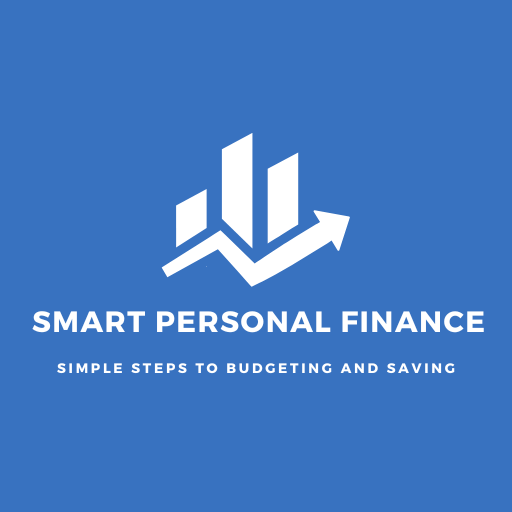Many people struggle with debt, whether it’s from student loans, credit cards, or unexpected expenses. While taking on debt can sometimes be necessary, managing it effectively is essential for financial stability and peace of mind. So, how can you take control and pay off your debts systematically? Here are some practical tips to help you tackle your debt and regain control of your finances.
**Create a Comprehensive List of Your Debts**
The first step towards managing debt is to get a clear picture of your financial situation. Compile a list of all your debts, including the creditor’s name, type of debt (credit card, personal loan, etc.), outstanding balance, minimum monthly payment, and due dates. This overview will help you prioritize and strategize your repayment plan.
**Prioritize Your Debt Repayment**
Not all debts are created equal, and some may require more immediate attention. Prioritize your debts by focusing on those with higher interest rates first. These debts tend to grow faster, and paying them off sooner will save you money in the long run. For example, consider making higher monthly payments on credit cards with the highest interest rates while still ensuring you meet the minimum payments for all other debts.
**Explore Debt Consolidation Options**
Debt consolidation is a strategy that can simplify your repayment process and potentially reduce your overall interest costs. It involves combining multiple debts into a single loan or line of credit, typically at a lower interest rate. This approach can help you streamline your monthly payments and may even improve your credit score over time. Consult with financial advisors or credit counselors to determine if debt consolidation is the right choice for your situation.
**Negotiate with Creditors**
Don’t be afraid to reach out to your creditors and negotiate better terms. For instance, you might request a lower interest rate, negotiate a settlement for less than the full balance, or ask for an extended repayment period. Many creditors are willing to work with borrowers, especially if it means ensuring consistent payments. Remember to be respectful and professional during these conversations.
**Develop a Realistic Budget and Stick to It**
Creating a budget is vital to managing your debt effectively. Start by calculating your monthly income and fixed expenses (like rent/mortgage, utilities, and groceries). Then, allocate a portion of your income towards debt repayment while ensuring your basic needs are met. Consider using budgeting apps or spreadsheets to track your expenses and identify areas where you can cut back.
Managing debt can be challenging, but with a structured approach and dedication, you can make significant progress. Remember, it’s essential to stay disciplined and adapt these tips to your unique financial situation.





